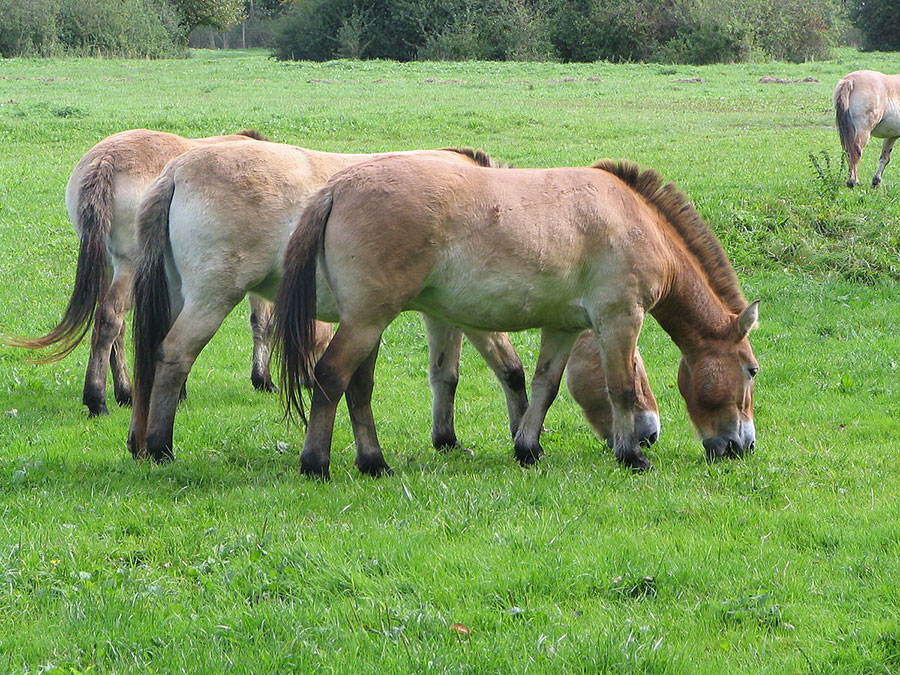A study published in the Journal Science Advances has revealed that global warming could be affecting the size of mammals.
According to the study, during the Eocene period, the planet suffered changes in its carbon cycle, producing global warming events similar to the current greenhouse effects. Those events were the cause of mammal dwarfing during the Paleocene-Eocene Thermal Maximum, 56 million years ago, and during the Eocene Thermal Maximum 2, 53 million years ago.


They used fossilized teeth
In this recent study, researchers followed four taxonomic groups, finding that two of them were affected by mammal dwarfing, watching a significant shrinking in equids, like horses. Equids decreased in size 30 percent during the Paleocene-Eocene Thermal Maximum.
The findings are the results of analyzing fossilized teeth and jaw fragments from animals that existed in the Paleocene and its evolution during the Eocene. In this group of animals, scientists examined the Arenahippus pernix, an ancestor of our modern horses, and the Diacodexis metsiacus, an ancestor of pigs and deer.
Researchers were looking for evidence of dwarfing on the Eocene Thermal Maximum, and they compared this data with information from the Paleocene-Eocene Thermal Maximum, finding that the mammal dwarfing was a constant in both periods.
“During the Eocene, Thermal Maximum 2 temperatures only rose an estimated five degrees Fahrenheit and it was shorter only lasting 80,000 to 100,000 years, about a half as long as the larger Paleocene-Eocene Thermal Maximum. Since the temperature change was smaller, this suggests there may be a relationship between the magnitude of a global warming event and the degree of associated mammal dwarfism,” said Abigail D’Ambrosia, a doctoral student at the University of New Hampshire and lead author of the study, according to Newswise.
D’Ambrosia said that the shrinking seen in those type of animals during that time could represent an evolutionary response. This species became capable of reducing their body heat and cooling down faster, because they had a smaller body, making possible their survival.
Previous research shows that during the Paleocene-Eocene Thermal Maximum fewer precipitations were causing soils to dry. This affected the vegetation growth and the offspring size. The study shows that after both hyperthermal periods, mammals body size rebounded.
It could happen again
The carbon dioxide registers for those periods show a similarity with today’s fossil fuels ecological footprint.
“I would expect humans could shrink in size if we go through another hyperthermal like those in the early Eocene. But we might be high enough in the food chain that we would be buffered,” said Professor Philip Gingerich, a professor from the University of Michigan and co-author of the study, according to The Daily Mail.
D’Ambrosio also stated that the effects of a hyperthermal episode now could be worse than 56 million years ago. According to her, the mammal shrinking could be faster in man-induced warming than in natural environmental changes.
Source: Science Advances
